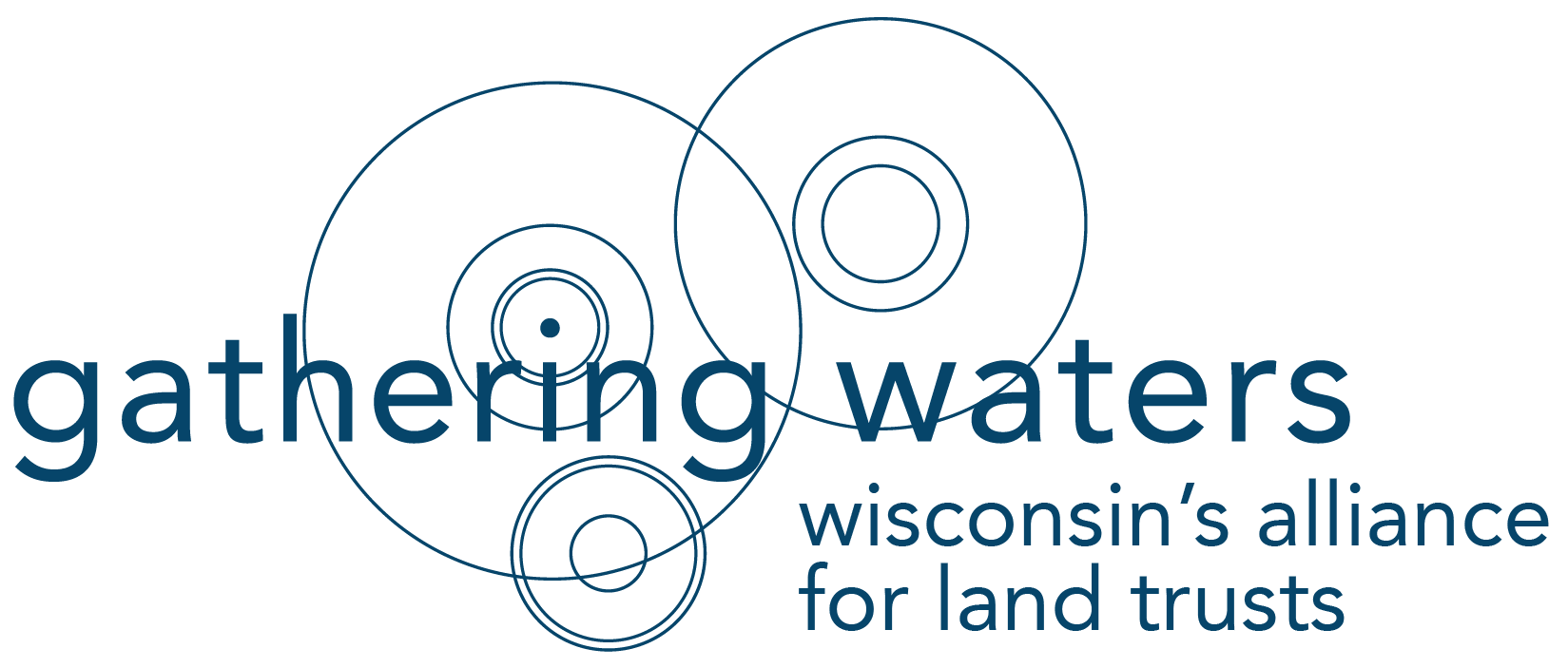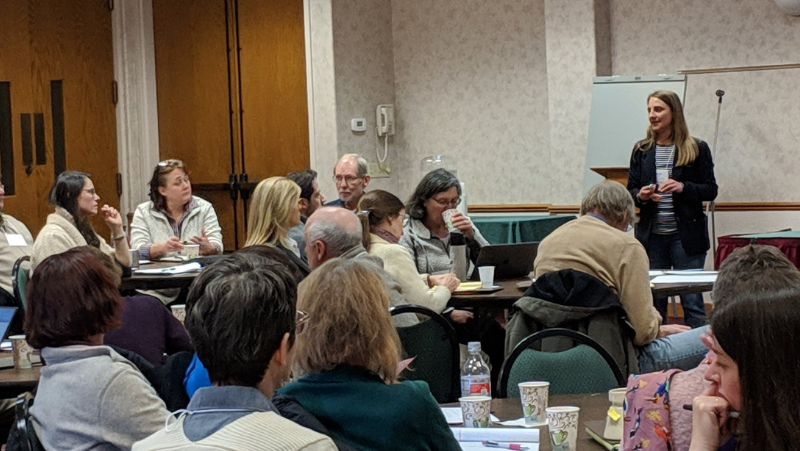At the 2019 Wisconsin Land Trust Conference, trainer Megan Olds of Parallel Solutions, LLC presented a workshop on Succession Planning: Sustainability and Growth Scenarios. Here she reviews key questions and components in the succession planning process. Bring these to your land trust to get the conversation started!
How prepared is your organization to navigate an emergency or planned leadership transition? Succession planning is not an event. It’s a process to facilitate change and sustain the organization’s impact. It’s not about “replacing people,” but instead about how the leadership of your organization will be nurtured, revised, or transformed over time to align with the strategy and vision for the impact your non-profit wants to have in the world.
Why Does Succession Planning Matter?
Change and uncertainty is hard. Planning for succession and following a process creates space for open communication, clear expectations, and productive transitions. Pro-active planning can support stability of service delivery. It can maintain and nurture important internal and external relationships. It can inspire trust and confidence, focus operational efforts, and avoid wasted resources (time, energy, and money). It supports responsible risk management.
The best case scenario for succession planning: having clear policies and procedures in place to address both emergency and planned executive or leadership changes. If you don’t have a plan or don’t follow a process, this may result in confusion and frustration. You may waste significant staff or board time, energy, and resources. This wasted energy can result in less community impact, and it’s possible that community trust can erode if the process isn’t handled effectively.
Conversations Are Critical
Sometimes talking about succession planning can trigger emotional responses. This is normal and healthy because talking about change can be difficult. It’s important to create space to feel, and to acknowledge your own feelings about succession, as well as listen and seek to understand the feelings and thoughts of others, including board members, staff, and others involved in the process. It’s important to agree on the process you’ll follow together to navigate a succession planning conversation. Start each meeting with some goals or desired outcomes, and end each meeting with a list of next steps.
Elements of Successful Succession Planning
- An understanding of your organization’s vision and future needs, strengths, threats and opportunities.
- Honest communication between the board Chair and Executive Director, or, in the case of volunteer-run organizations, open communication between the Chair and the rest of the board.
- Established, formal process for succession and executive leadership transitions (plans, policies, procedures), including a plan for “emergency” executive leadership.
- Understanding and written descriptions of the knowledge, skills, and experience required for future Executive Director or other staff or Board leadership positions.
- An internal process for knowledge and relationship transfer.
- Clear internal and external communication with appropriate audiences (volunteers, donors, members, land owners, partners, community leaders) about the process.
- For planned leadership succession:
- Clear criteria for candidate selection.
- Coordinated professional consideration of candidates tied to skills and talent review, criteria, and leadership development.
- A confidential process.
- External benchmarking for negotiating compensation.
- A celebration of the transition process, including events and communication that honor a farewell and welcome.
Following a thoughtful succession planning process for key leadership positions can help to position your already strong organization for stability, sustainability, and even greater long-term impacts.
If you have questions or are looking for more information about succession planning, please contact Megan Olds at Parallel Solutions, LLC.


